Farm Biosecurity produces a bi-monthly digest of the latest news and advancements in on-farm biosecurity
Learn moreThis fact sheet has been prepared for pig producers to assist in the control of mosquitoes in piggeries. It was developed in March 2022 by the Japanese encephalitis Vector Management Group – consisting of agriculture and health agencies, and the pork industry.
Learn moreSubscribe to receive our e-newsletter Farm Biosecurity News
Learn moreThe best defence against pests and diseases is to implement sound biosecurity practices on your farm. Quick and simple measures built into everyday practice will help protect your farm and your future.
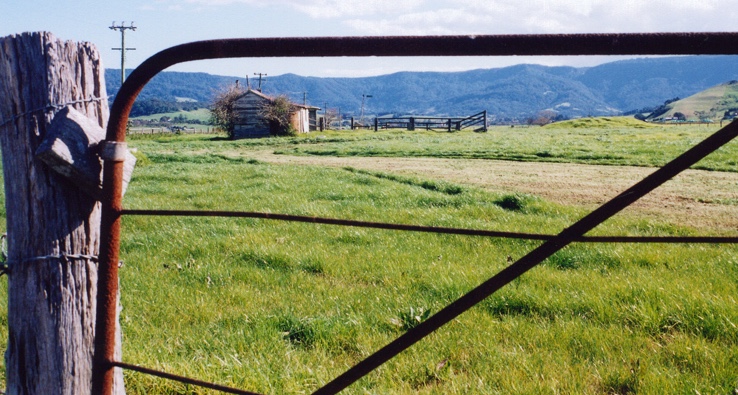
Almost anything moved onto your property can be a potential source of pests and diseases for livestock and plants. Monitor animals or plant materials that enter the property, as well as sources of water, feed and fertiliser.
Continue reading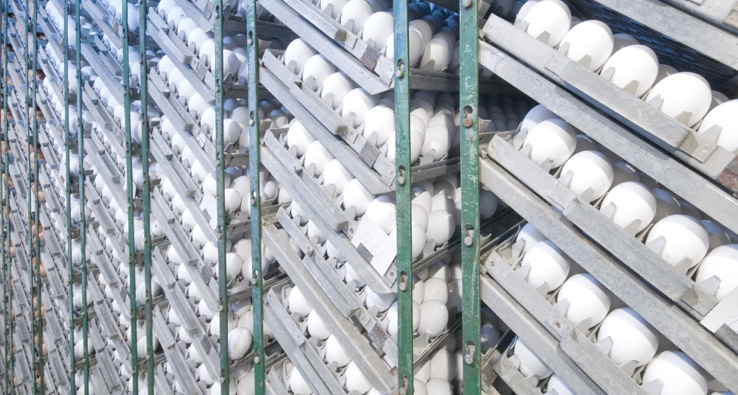
Responsibility for biosecurity doesn’t end when plant products or animals leave the farm gate. The measures in place on your property support biosecurity in your region.
Continue reading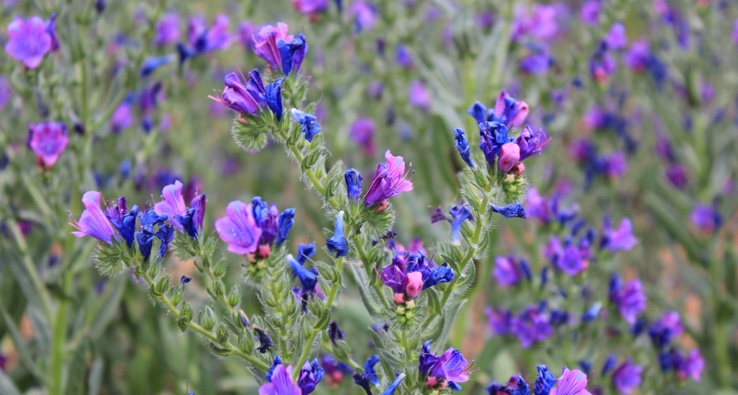
Feral animals, plant pests and weeds are a widespread nuisance but can also cause harm to your business, so they need to be actively controlled.
Continue reading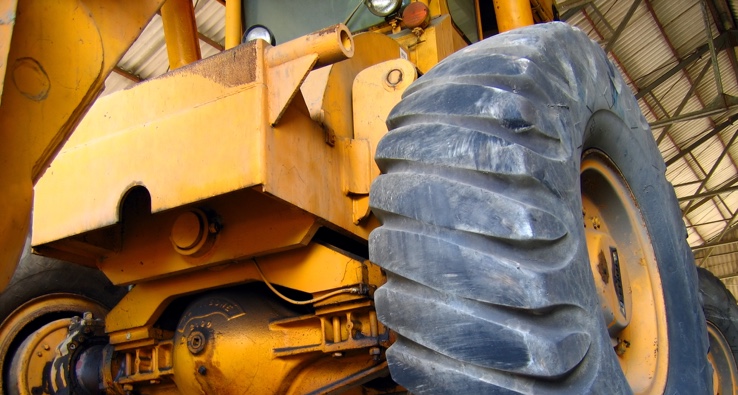
If it can move, it can carry diseases, pests and weeds. That's why people, vehicles and equipment pose a high biosecurity risk and should be managed accordingly.
Continue reading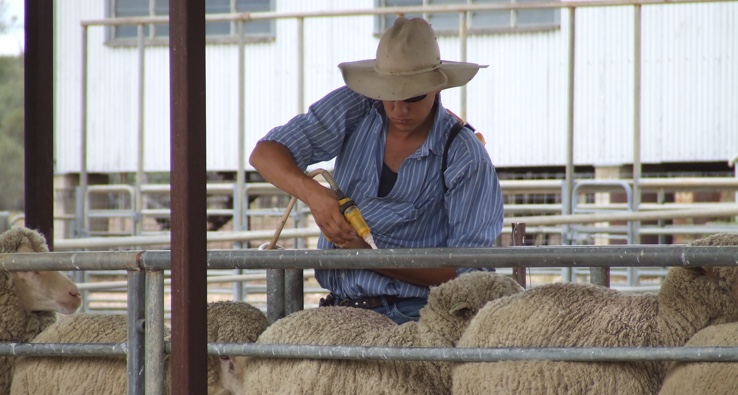
Good on-farm hygiene reduces the risk of spreading pests and diseases. You can implement simple hygiene practices with feed and water sources, product packaging, storage facilities, livestock husbandry, waste materials and plant propagation.
Continue reading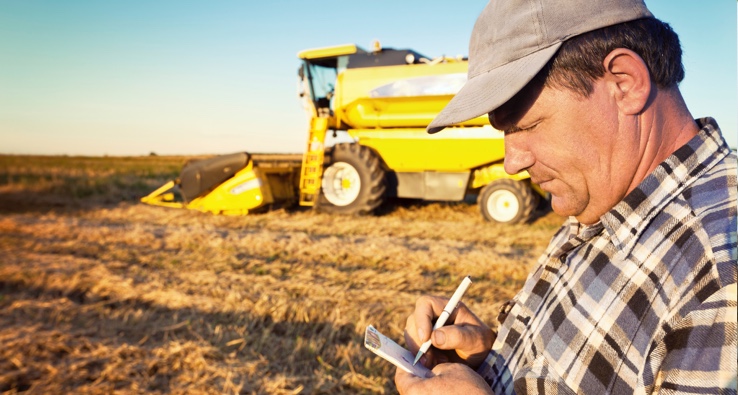
Ensure that staff are well trained and that you have the ability to trace where animals or plants have come from and where they went. Keep accurate records of purchases, sales and movements.
Continue reading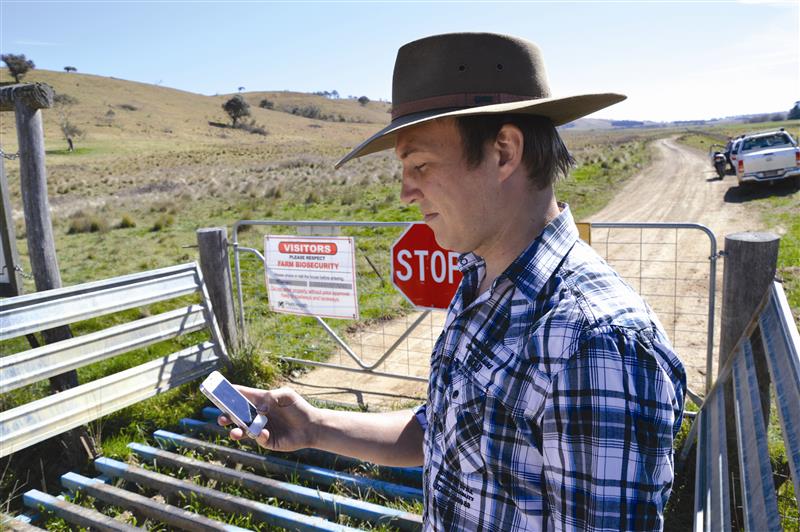
A robust farm biosecurity plan is a vital step in protecting your livestock and supporting the resilience of Australia’s animal industries. This article outlines the immediate actions to take during a suspected EAD event and what to expect in the critical days that follow.
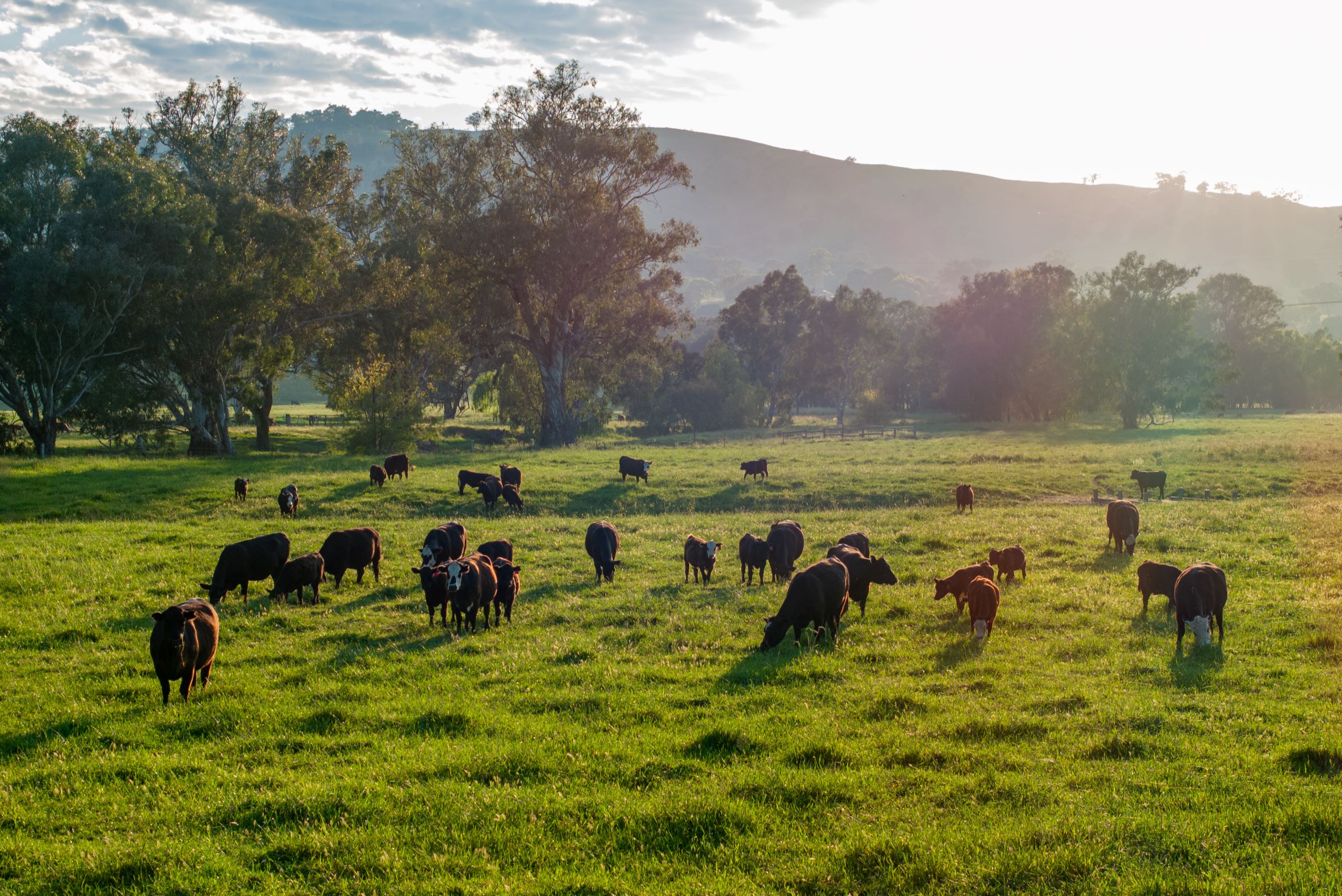
As spring arrives, bringing warmer weather and lush pastures, it also ushers in a surge of parasitic activity that can pose serious health risks to your cattle. While new life flourishes on the farm, so too do parasites that thrive in moist, warm conditions, such as worms and ticks.

Golden fields, orchard rows and vineyard vistas make great photos, but stepping onto farms without permission can bring pests and risk. A few simple steps keep visitors and farms safe.
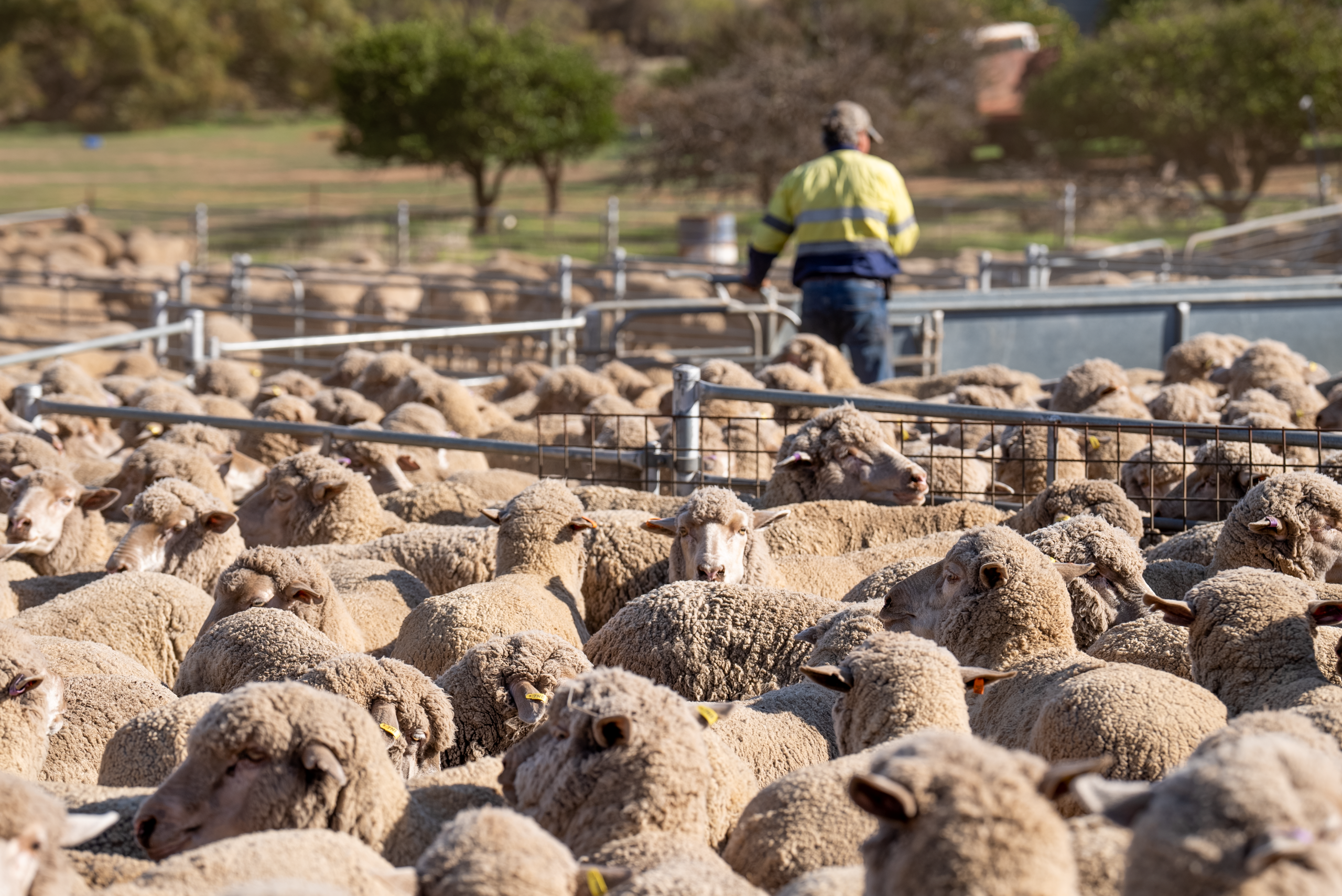
Australia’s sheep and wool industries are stepping up their biosecurity game with the release of two new strategies designed to protect animal health, support emergency disease preparedness, and safeguard market access.
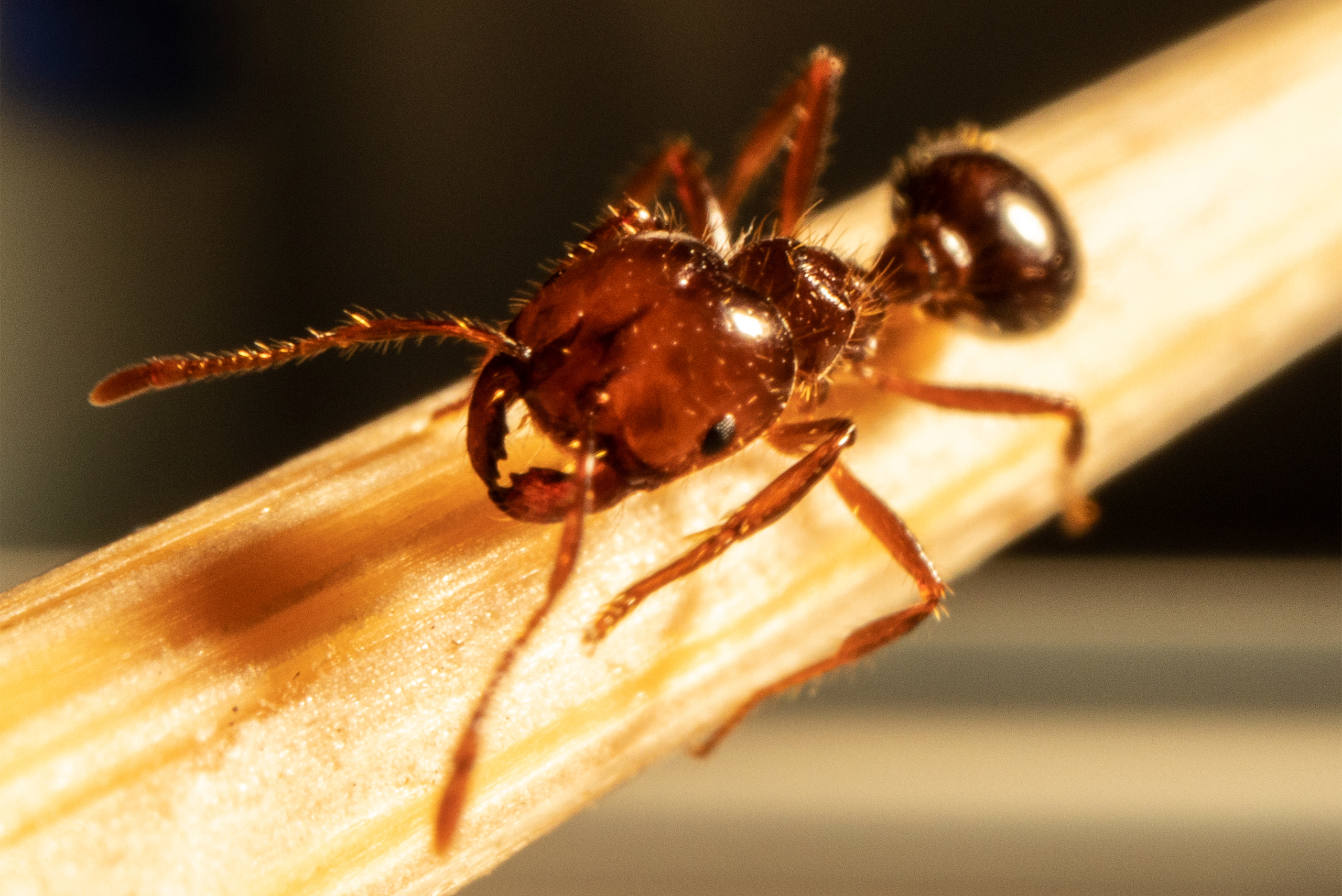
Plant Health Australia (PHA) has released a practical Red Imported Fire Ant (RIFA) Quick Guide for commercial plant industries. The guide gives growers, agronomists and contractors clear, actionable steps to prepare, identify, manage and report suspected fire ant activity.
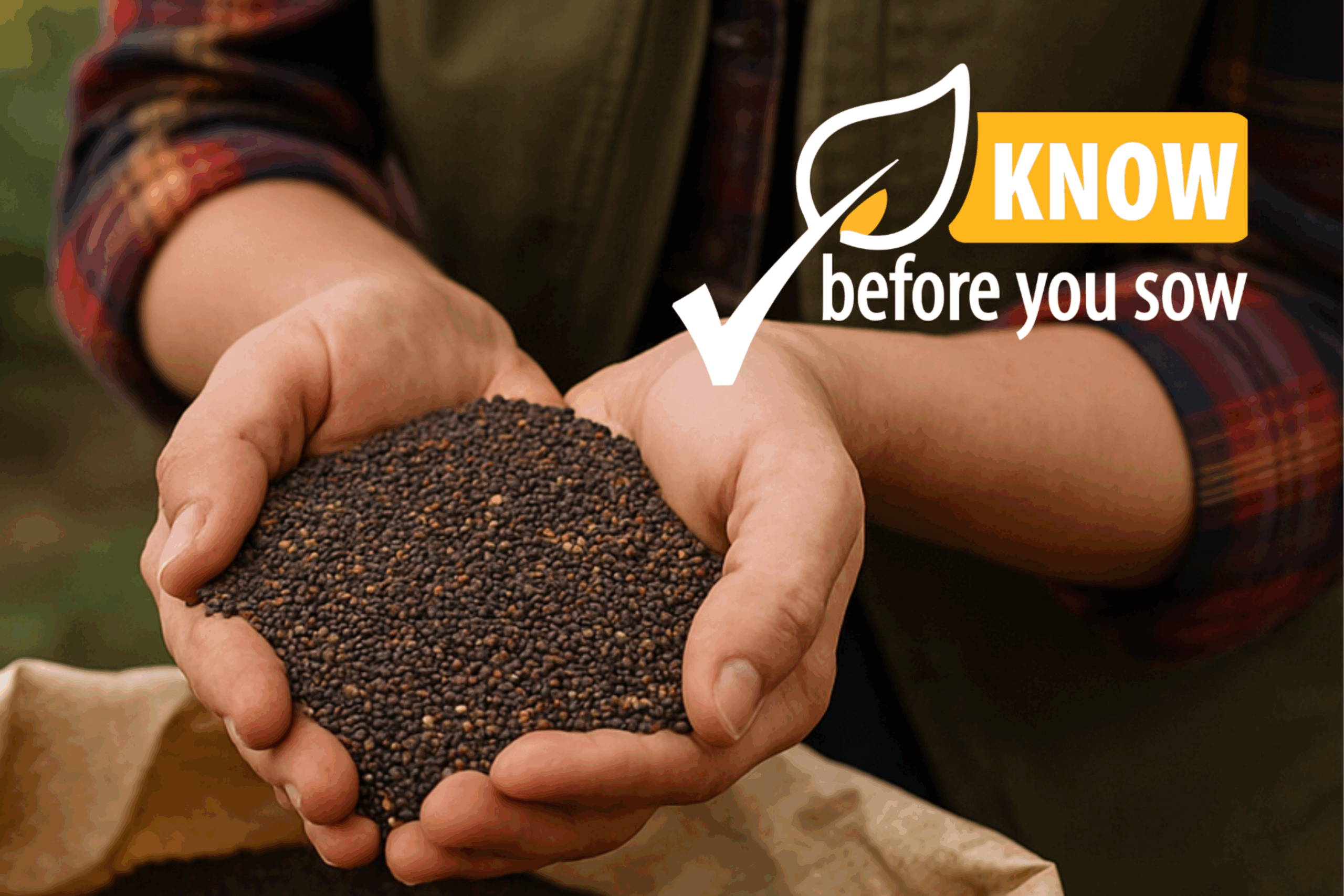
Seed is the starting point for every crop. Using certified or quality-assured seed provides growers with confidence in what they are sowing, supporting better yields, stronger plant vigour, and resistance to pests and diseases.
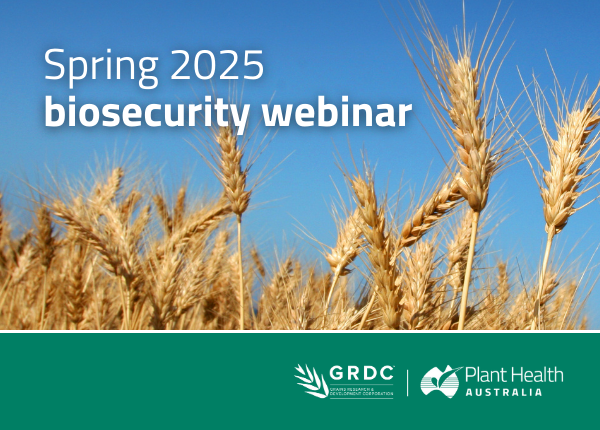
Plant Health Australia (PHA), the Grains Research and Development Corporation (GRDC) and Grain Producers Australia (GPA) have partnered to deliver a new webinar series focused on biosecurity in the grains industry.
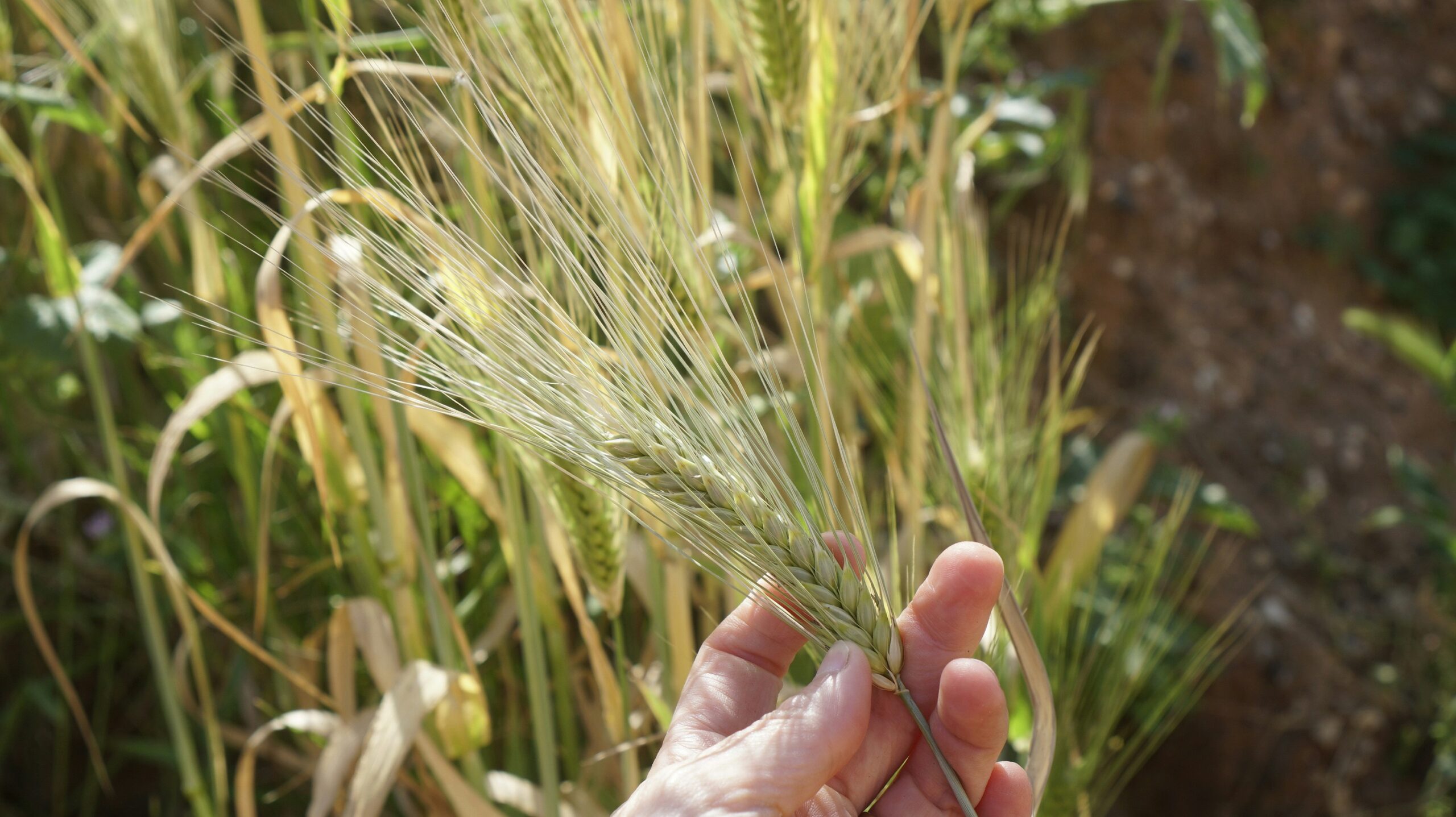
Wheat blast is a serious and rapidly developing fungal disease that primarily infects wheat, but oats, barley, triticale and certain grasses. Wheat blast can devastate entire crops, resulting in yield losses of up to 100 per cent. Although Australia remains free from wheat blast, its increasing global spread highlights the need for strong on-farm biosecurity practices and early detection.


Everyone who enters a farm has a role to play in maintaining strong biosecurity practices. This is essential not only for protecting your flock or herd, but for safeguarding Australia’s broader livestock industries.